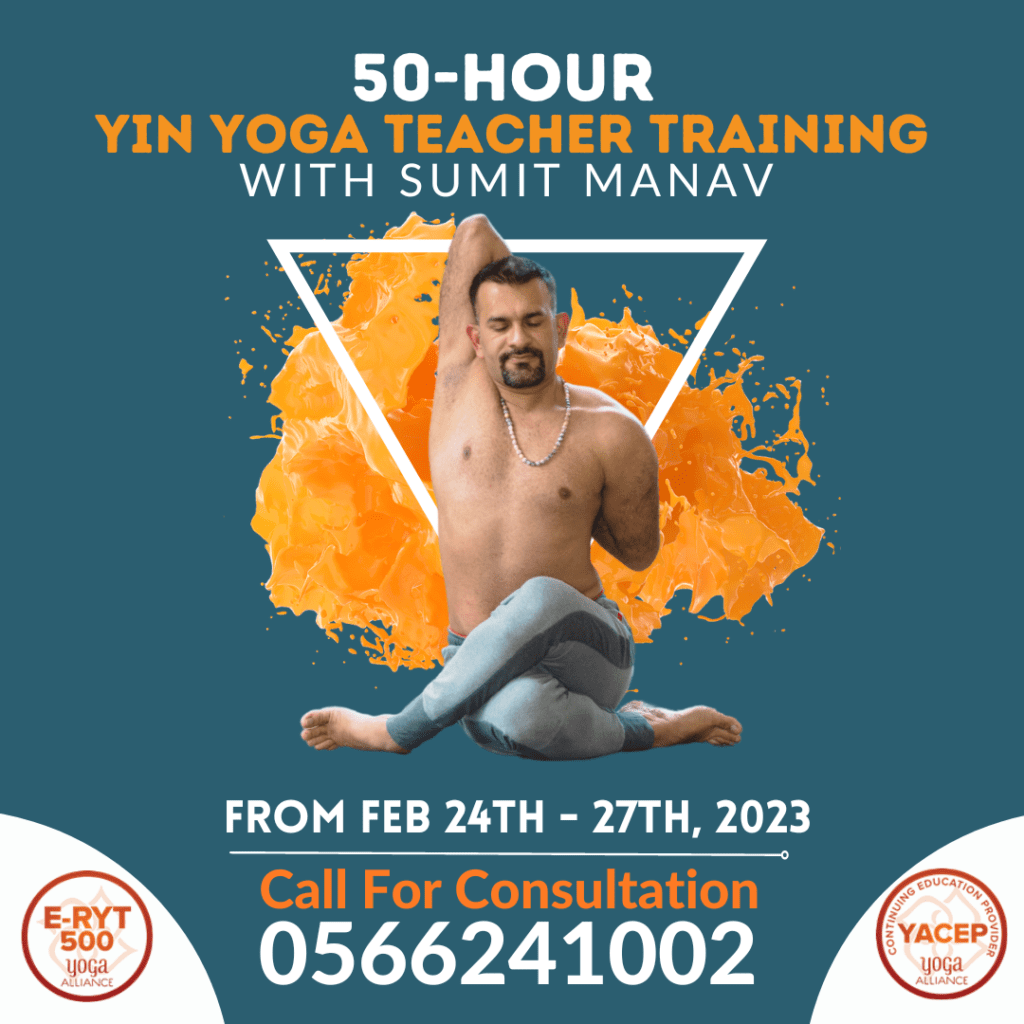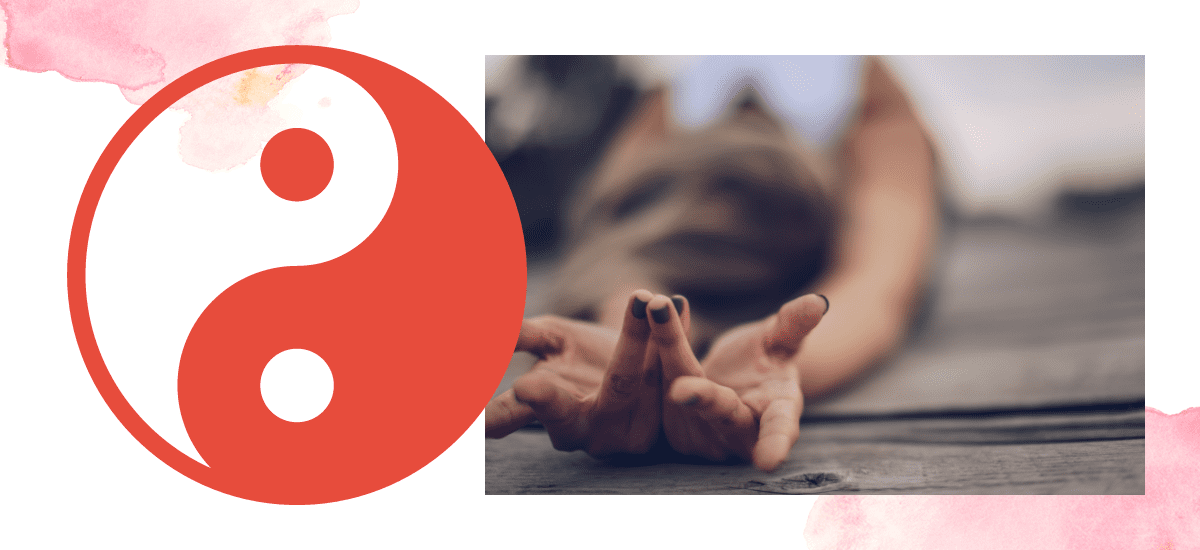Yin Yang are two halves that, together, represent a whole. !
When you divide something into Yin and Yang, it upsets the balance and equilibrium of wholeness. That is why it is believed that both halves chase one another to seek a new balance.
Yin yoga is a practice that dates back over 2,000 years. While yin yoga has seen a resurgence in popularity in recent years, it is still not as well known as other types of yoga. Yin yoga poses are generally more passive, with the goal being to hold the pose for a prolonged period of time rather than moving through a series of flows. In this way, yin yoga is the perfect complement to more active yang-style practices.
One of the key benefits of yin yoga is its ability to release tightness in the body. This is due to the fact that yin poses target the connective tissues, such as the ligaments, tendons, and fascia, rather than the muscles. The goal is not to build heat or energy in the body but rather to allow gravity and time to soften and lengthen these tissues. Regular practice of yin yoga can lead to increased flexibility and range of motion in joints, as well as improved circulation.
- The Three Pillars of Yin Yoga Yin yoga is built on three pillars: breath work, mindful awareness, and relaxation. each of these pillars serves an important purpose in the practice.
- Breath work: The key to any good yoga practice is the breath. In yin yoga, long, deep breaths are used to help relax the body and mind. The goal is not to force the breath but rather to let it flow naturally.
- Mindful awareness: One of the challenges of practising yin yoga is staying present in each pose for an extended period of time. This can be difficult when our minds are used to constantly moving from one thing to the next. By keeping our attention on our breath and on our physical sensations, we can learn to stay present in each moment and better understand our own bodies and minds.
- Relaxation: One of the goals of yin yoga is simply to relax both the body and mind. In order to do this, it is important to let go of any preconceived notions about how a pose should look or feel. Each person’s experience will be different, and there is no “right” way to do a pose. Simply surrender to gravity and breathe deeply into each stretch.
If you’re looking for a way to add more balance into your life, yin yoga may be just what you need. This ancient practice can help relieve physical tension while also increasing mindfulness and relaxation. Give it a try today!
Check out the most authentic yin yoga course with Sumit Manav





